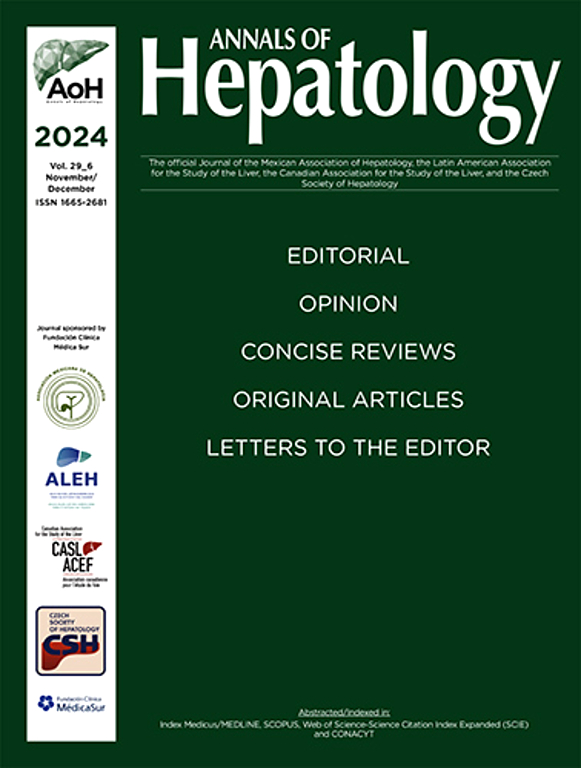OP- 11 Detection Strategy for Patients with Viral Hepatitis Using Laboratory Records of Blood Samples for HBsAg and HCV Antibodies: PANRELINK
IF 3.7
3区 医学
Q2 GASTROENTEROLOGY & HEPATOLOGY
引用次数: 0
Abstract
Conflict of interest
No
Introduction and Objectives
Patients diagnosed with viral hepatitis often fail to follow up, a problem exacerbated by the pandemic. The "relink" strategy aims to reconnect these patients to ensure they receive the necessary follow-up and treatment.
The objective of our work was to generate a PANRELINK program based on the analysis of blood samples tested for HBsAg and anti-HCV antibodies from the reference laboratory database at Hospital El Cruce and to implement a relink strategy for patients with positive results.
Patients / Materials and Methods
We analyzed the results of blood samples tested for HBsAg and HCV antibodies by chemiluminescence, conducted at the reference laboratory from 2012 to 2022. Samples were stratified by origin (primary care centers [CAP] vs. medium and high complexity hospitals [MHC]). Statistical analyses chi-squared and t-tests.
Results and Discussion
A total of 108,261 blood samples were tested for HBsAg, with a test positivity rate (TPR) of 0.28% (306/108,261). For HCV, 106,917 samples were tested, with a TPR of 1.09% (1,162/106,917). When stratified by sample origin, TPR for HBsAg was 0.11% (101/86,609) in CAP and 0.96% (205/21,652) in MHC (p<0.001). For HCV, TPR was 0.43% (384/88,625) in CAP and 4.34% (778/17,130) in MHC (p<0.001). Among HBsAg-positive patients, 11% (34/306) were already in treatment at the time of relink, 16% (49/306) had died, 11% (33/306) were acute cases, and 52% (163/306) were potential candidates for relink. Among HCV-positive patients, 21% (242/1,162) had been treated, 25% (289/1,162) had died, 6% (67/1,162) were in treatment at the time of relink, 2% (26/1,162) were false positives, and 46% (538/1,162) were potential candidates for relink. In HCV-positive patients, a relink program was implemented. The phone contact rate with patients for reconnection was 16% (86/538) on the first call. The low contact rate was due to phone number changes. The attendance rate was 70% (60/86).
Conclusions
The study reveals that a significant proportion of patients with viral hepatitis do not receive adequate follow-up, highlighting the need for effective reconnection strategies. The PANRELINK strategy was effective in identifying patients from laboratory records. This PANRELINK modality can serve as a replicable high-volume model in other health contexts, improving long-term health outcomes and reducing the disease burden. Addressing communication barriers, such as phone number changes, is crucial to improve contact and attendance rates in future reconnection initiatives.
求助全文
约1分钟内获得全文
求助全文
来源期刊

Annals of hepatology
医学-胃肠肝病学
CiteScore
7.90
自引率
2.60%
发文量
183
审稿时长
4-8 weeks
期刊介绍:
Annals of Hepatology publishes original research on the biology and diseases of the liver in both humans and experimental models. Contributions may be submitted as regular articles. The journal also publishes concise reviews of both basic and clinical topics.
 求助内容:
求助内容: 应助结果提醒方式:
应助结果提醒方式:


